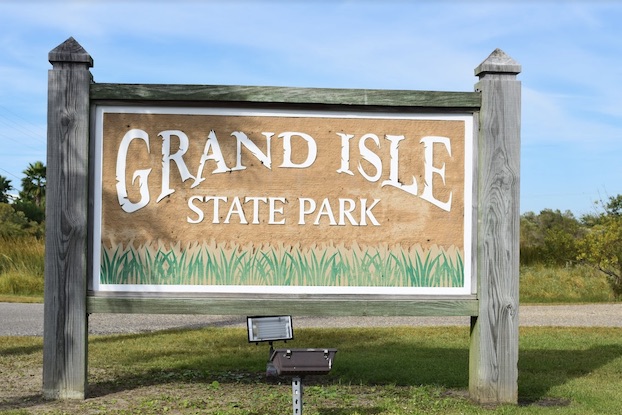Jim Beam column: An update on news coverage
Published 6:19 am Wednesday, March 27, 2024

- Newspapers continue to provide communities with coverage and those that have it have some advantages.(photo courtesy of news.gallup.com).
The fact that newspapers are struggling is old news, but it’s time for an update and Governing magazine offered one earlier this month. The story was written by Sarah Stonbely of Northwestern University.
Stonbely said the number of nonprofit news outlets is holding steady, but 203 counties in this country are news deserts. That means there are thousands of communities without access to local news.
“Is local news readily available in your town?” she asked. “Do reporters still cover your school board and other municipal meetings?”
The American Press is doing both, and Stonbely explained what that probably means.
“If you answered yes, you are likely wealthier than the average American, and you live in or near a metro area,” she said.
A project at Northwestern University, she said, documents the changing local news landscape across the country. It shows that where you live and work and how much money you make affect whether you live in a news desert or news oasis.
The have-nots are news deserts with few, if any, journalists to do the daily news gathering and reporting that people require to participate meaningfully in their local communities and democratic institutions.
The culprit in all of this is the fact that advertising money has migrated from the printed page elsewhere. It has gone primarily to social media outlets that don’t reimburse newspapers for use of their stories.
U.S. Sen. John Kennedy, R-La., co-sponsored the Competition and Preservation Act in 2023 that would allow news organizations to jointly negotiate for fair compensation for access to their content. However, getting it passed is a tough job.
Kennedy said, “Local papers — especially the independent papers in Louisiana — are the heart and soul of journalism, and they break the news that millions of Americans rely on every day … This bill supports the little guy by allowing local news providers to better negotiate with tech companies for the earnings they deserve.”
Advertising made up roughly 80% of news organizations’ income but now makes up less than 20%. Stonbely said the decline in ad revenue, a trend for the last decade-plus, has forced many outlets to rely on audience funding, philanthropy, cost-cutting, or some combination of the three.
Then comes the sad fact of life: The writer said, “In communities with little disposable income to put toward news subscriptions or donations and no legal philanthropies, cost-cutting becomes the only option. This creates a self-reinforcing spiral of lower quality and declining readership and, ultimately, closure.
Since 2005, the U.S. has lost 2,900 newspapers. In 2023, the country lost more than 130 print newspapers.
Newspaper websites, often called digital outlets, aren’t being created fast enough, Stonbely said, to fill that huge void.
Of the nation’s 3,143 counties, 1,558 have only one news outlet. The Governing report said both Texas and Tennessee had four counties lose their only remaining newspaper last year. All eight papers were independently owned.
The percentage of the population below the poverty line in news deserts averages more than 16%, versus 12% in counties with robust markets.
Louisiana is giving more and more of its citizens high-quality broadband (internet), which Stonbely said contributes to a community being a journalism have or have-not. Unfortunately, as is the case in most states, rural Americans are the last to get it.
The Governing report said collaboration is working to improve communication. The national nonprofit Daily Yonder in Colorado has hired a reporter based in a rural community to write stories about life there and then it shares them with both local and national organizations.
Organizations like the National Trust for Local News have been buying news outlets and turning them into nonprofits that will continue to serve their communities.
Stonbely said policies to support local news have seen success in New Jersey, California, and elsewhere. And more bills are working their way through state legislatures to help news outlets.
I hope the author of that report is right when she says people seem to be realizing that having quality local news is just as vital as having public education and access to health care.
Like her, we hope that with any luck, every community in this country will eventually have the opportunity to enjoy news coverage.





